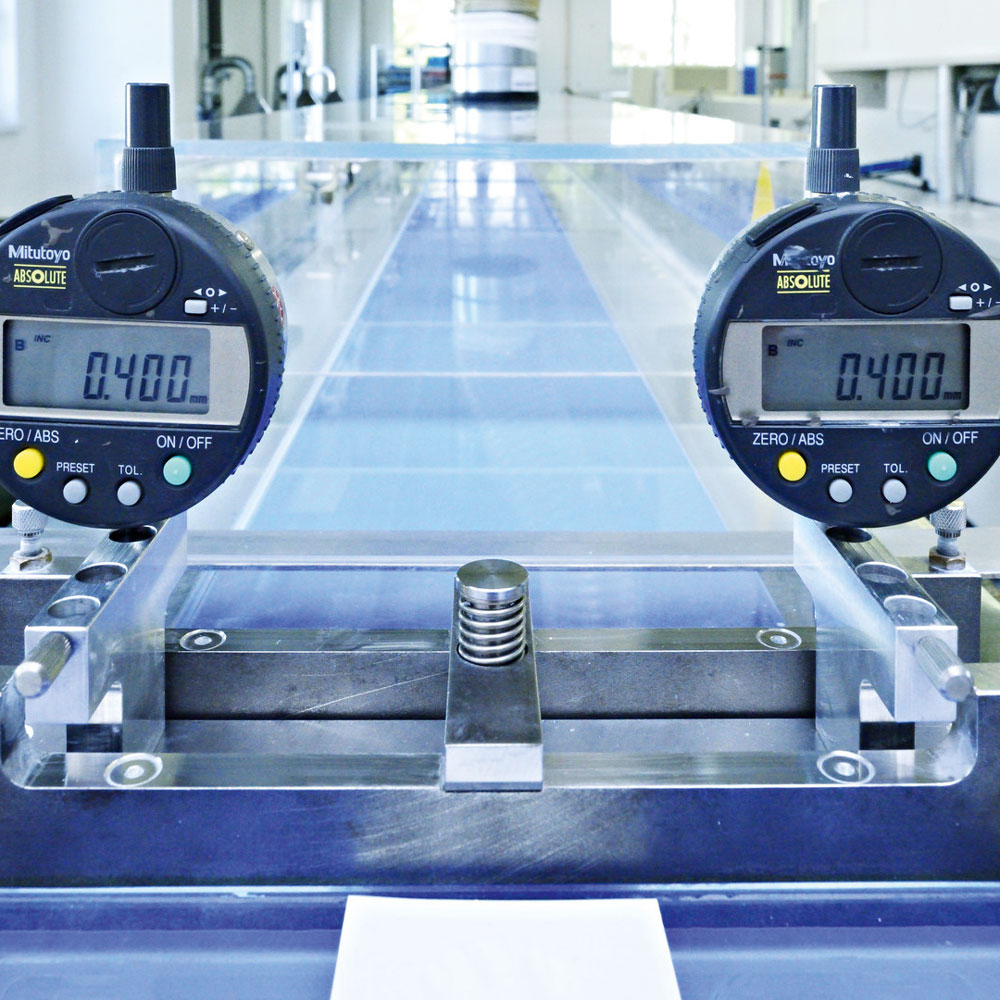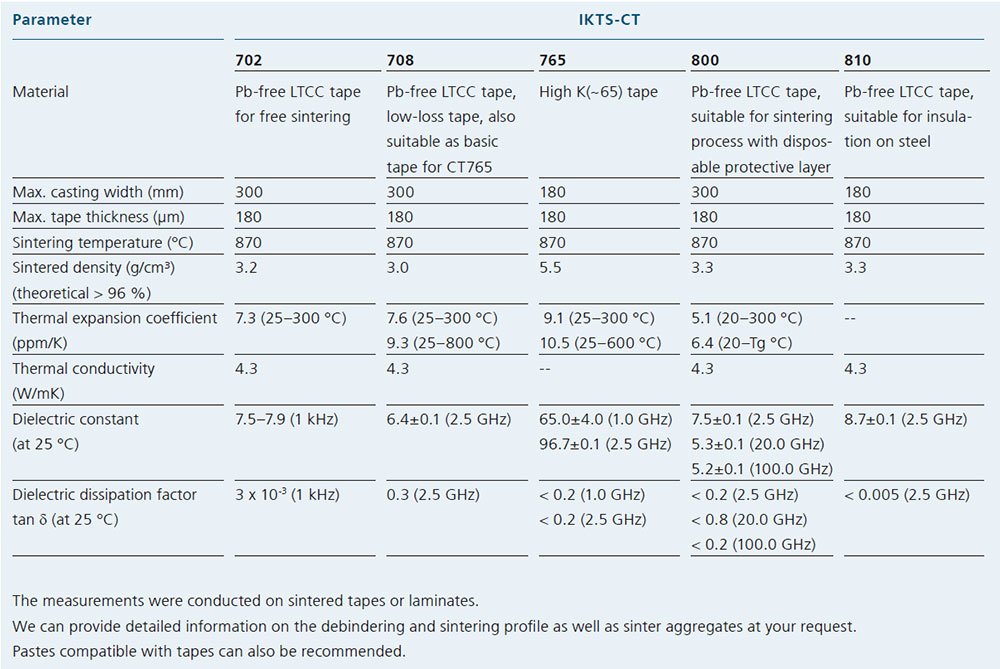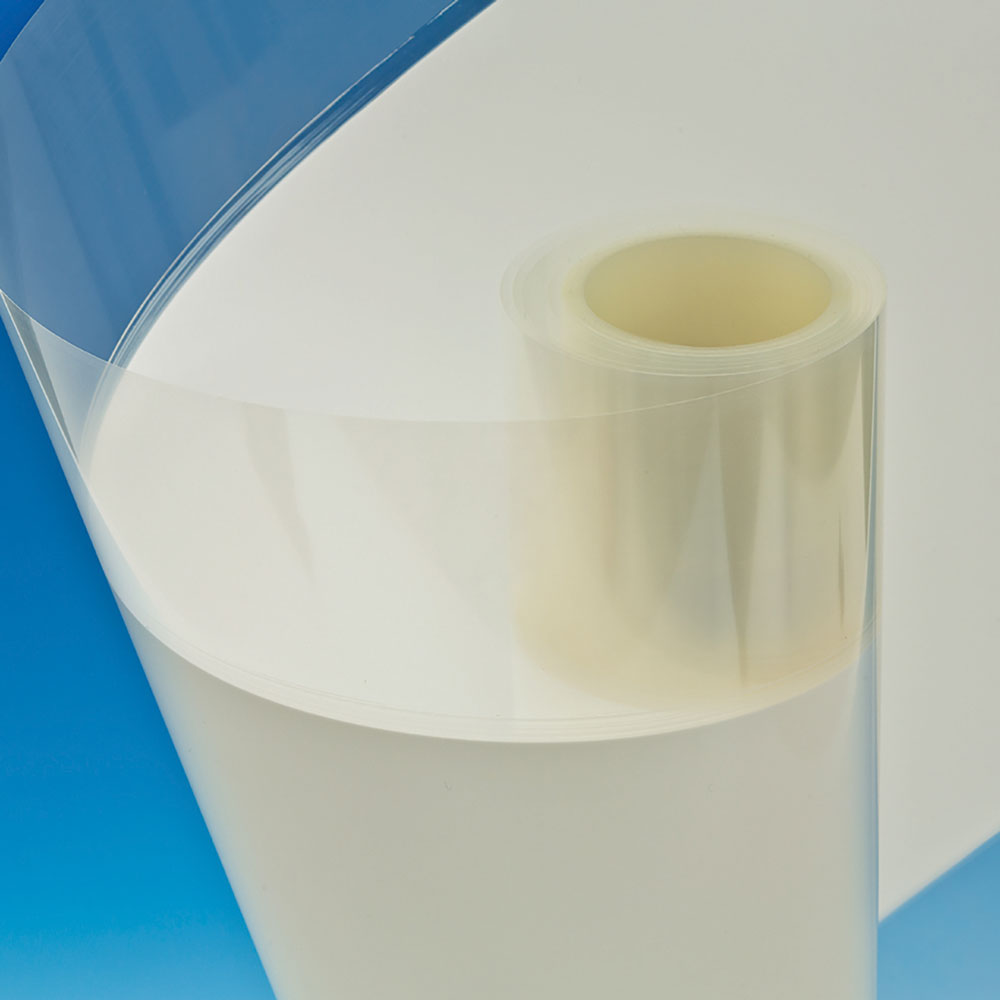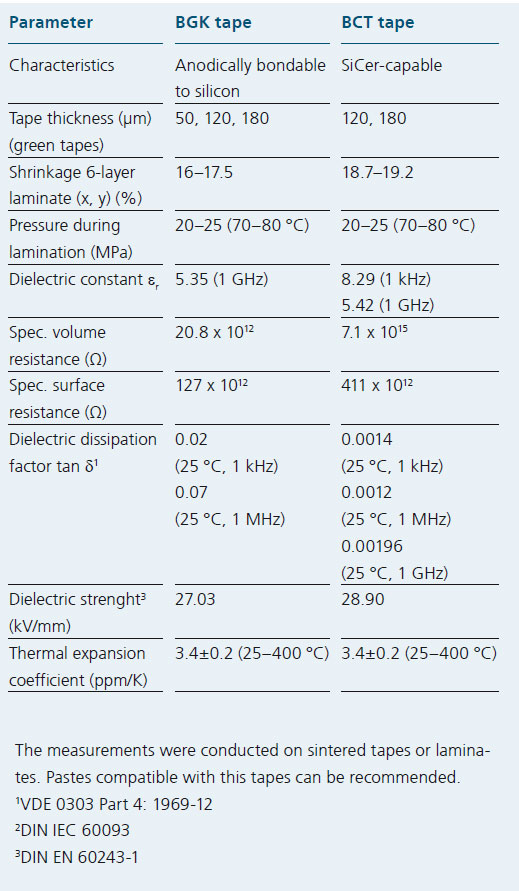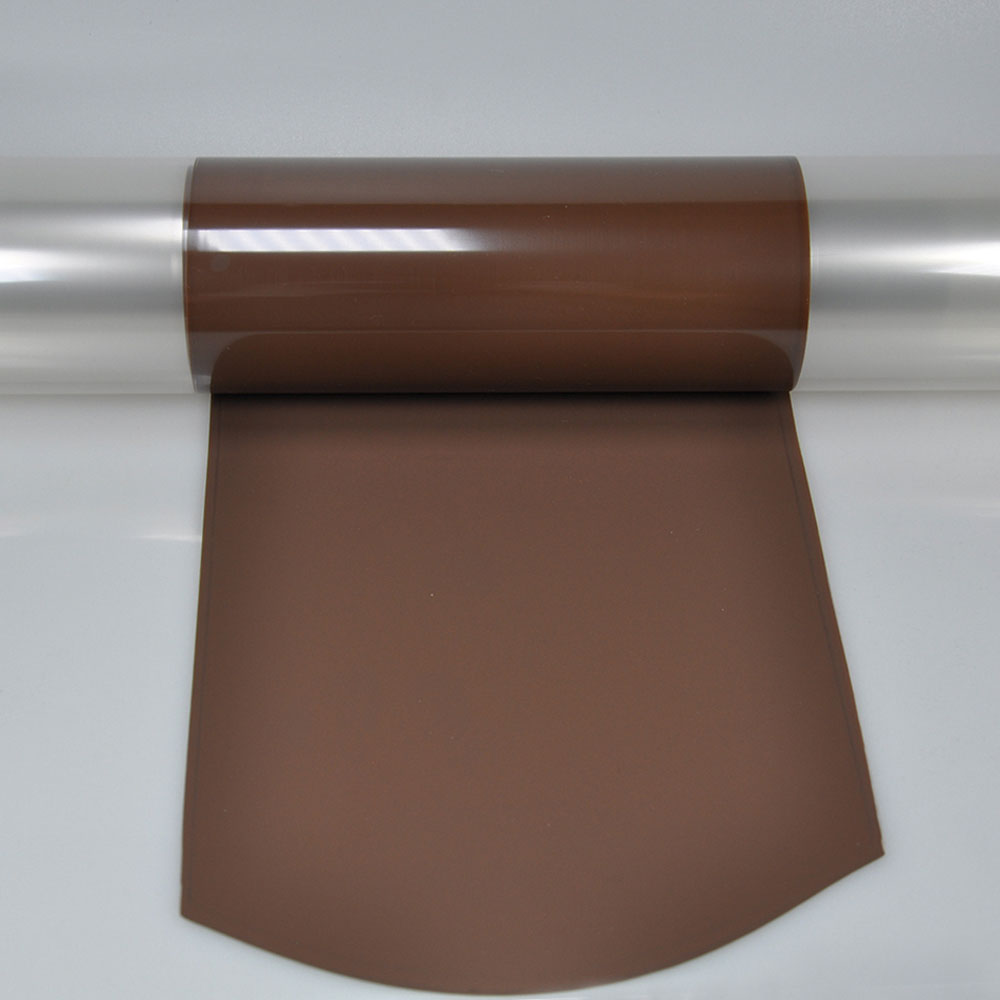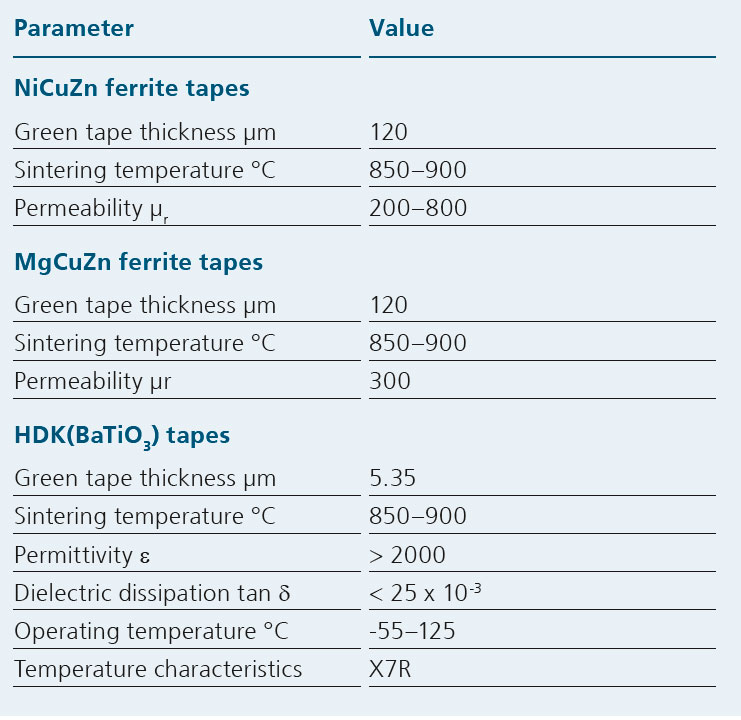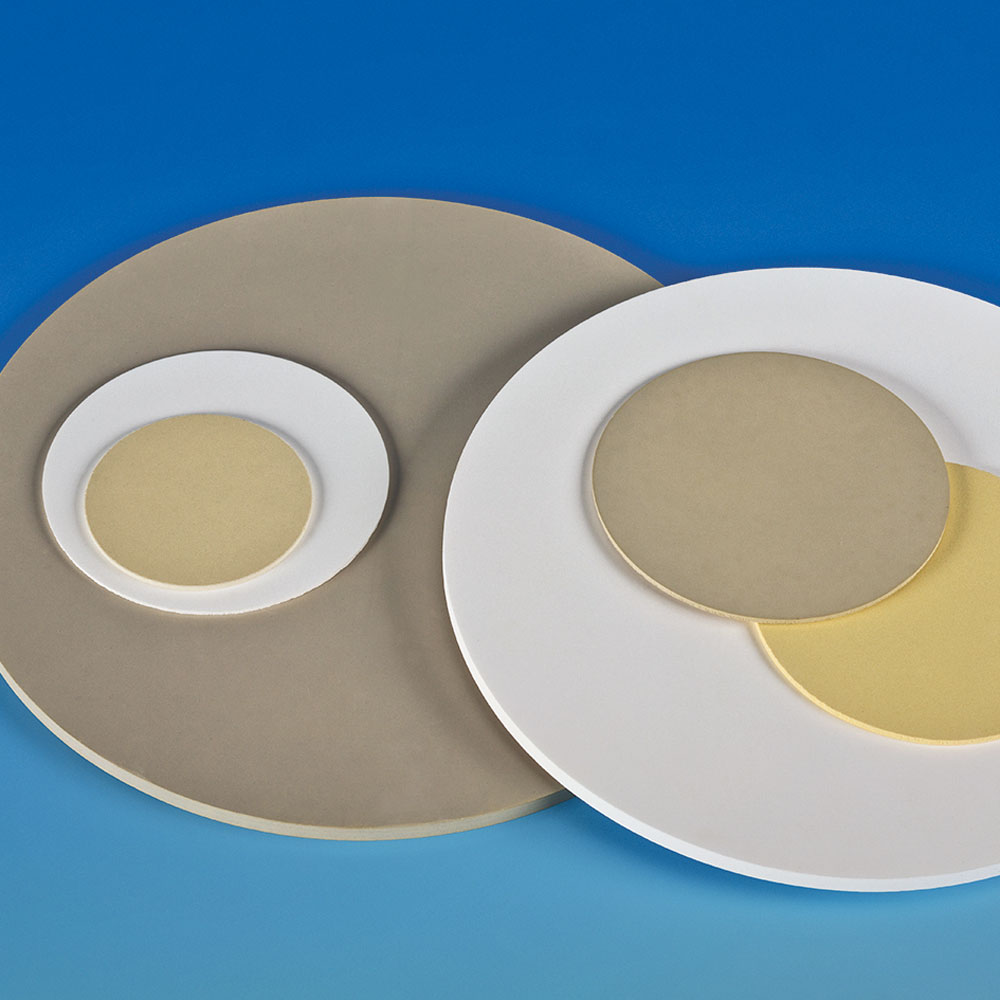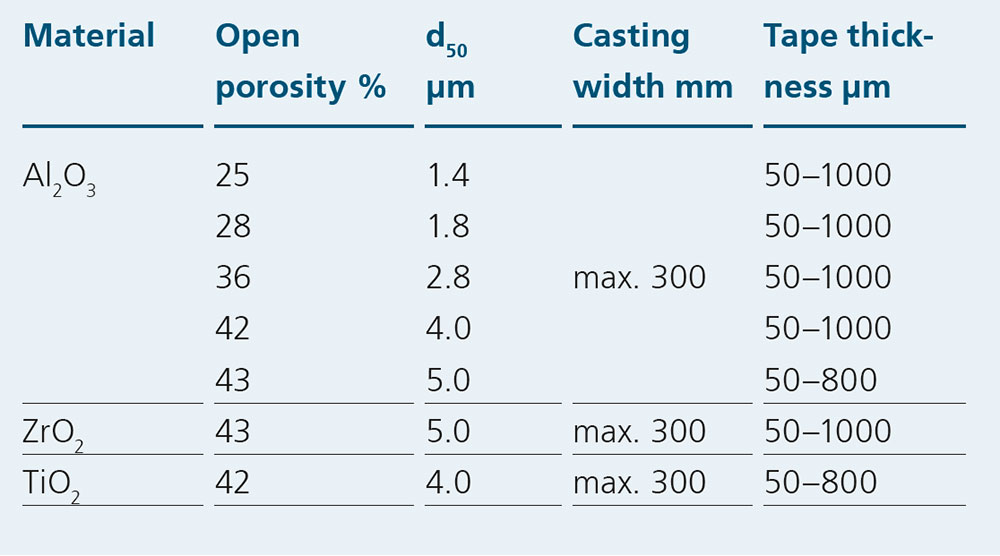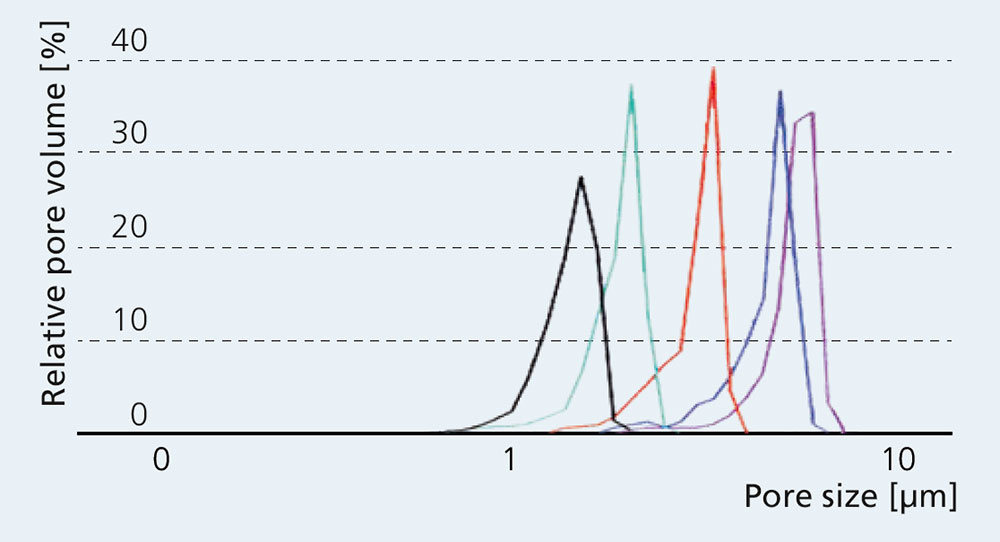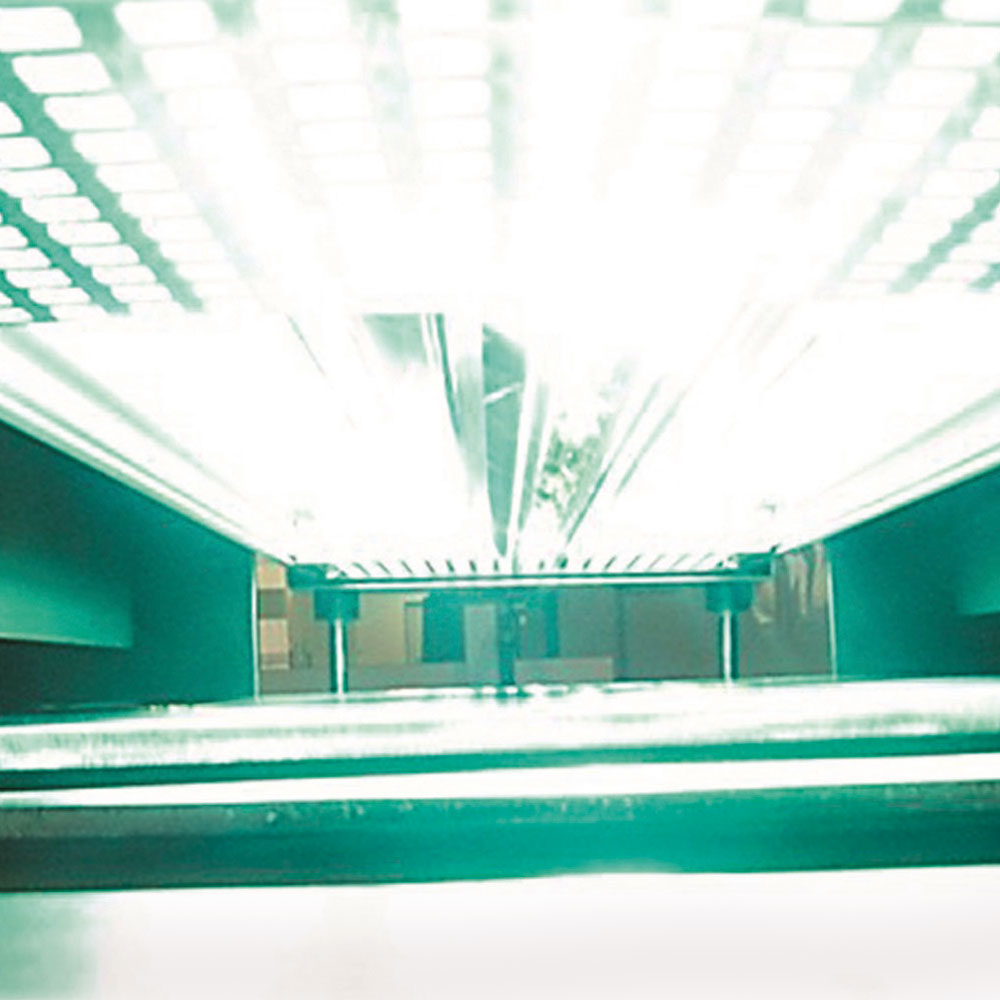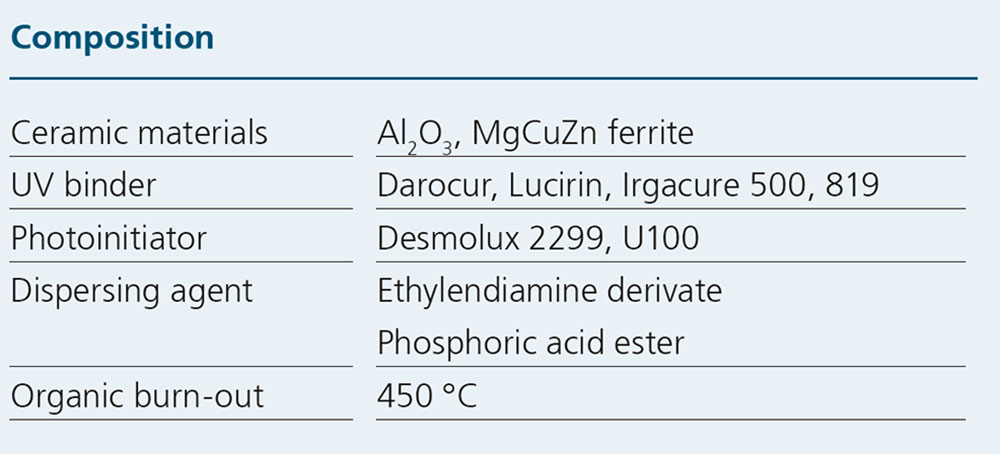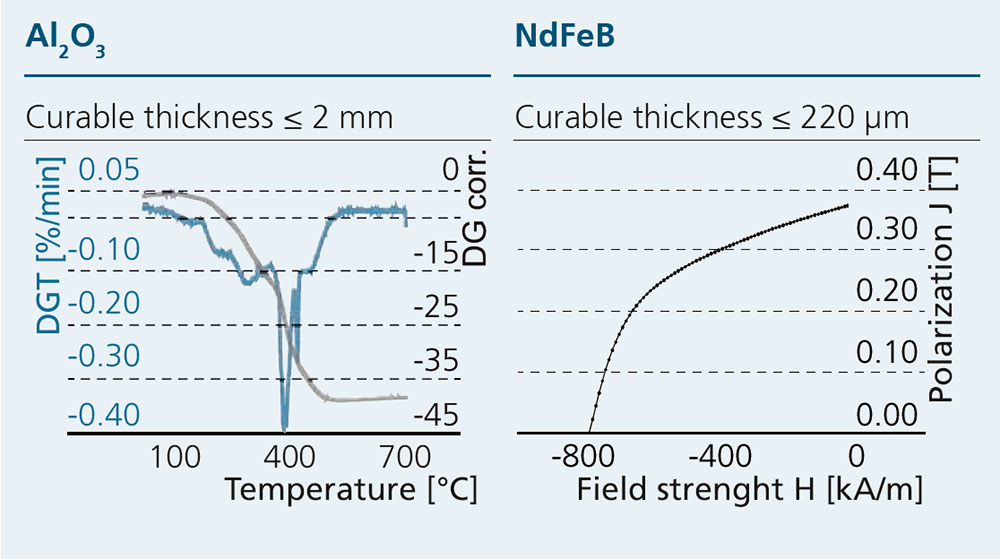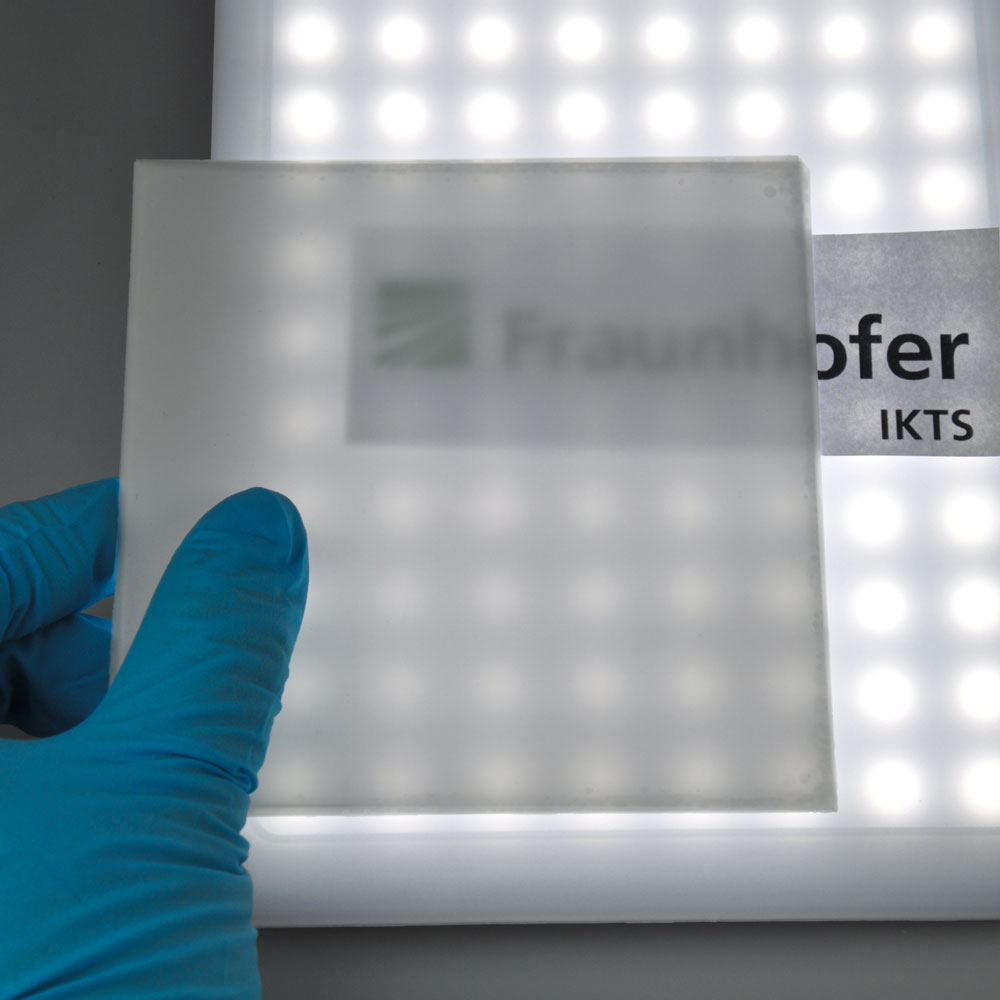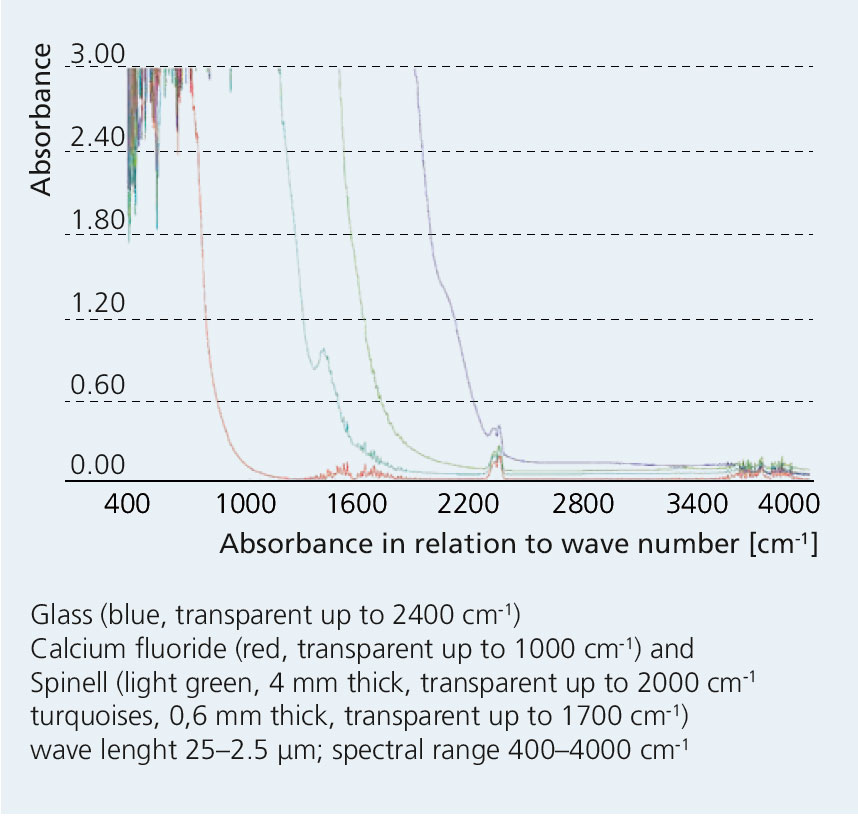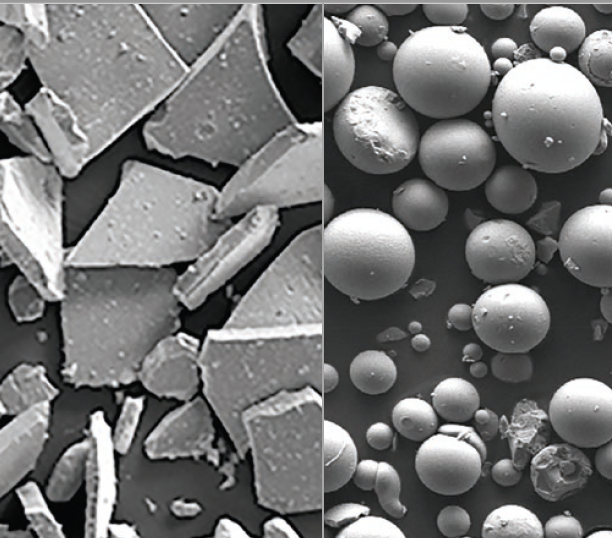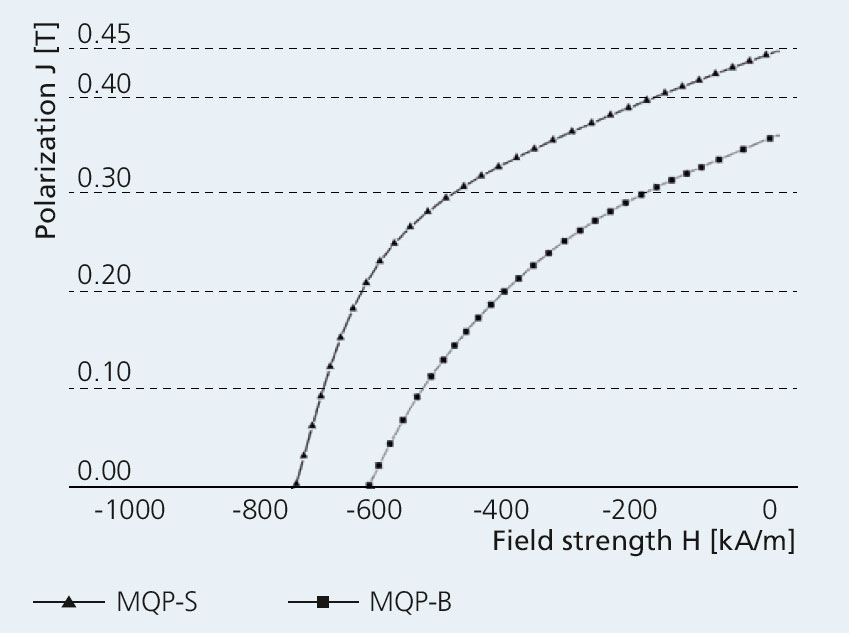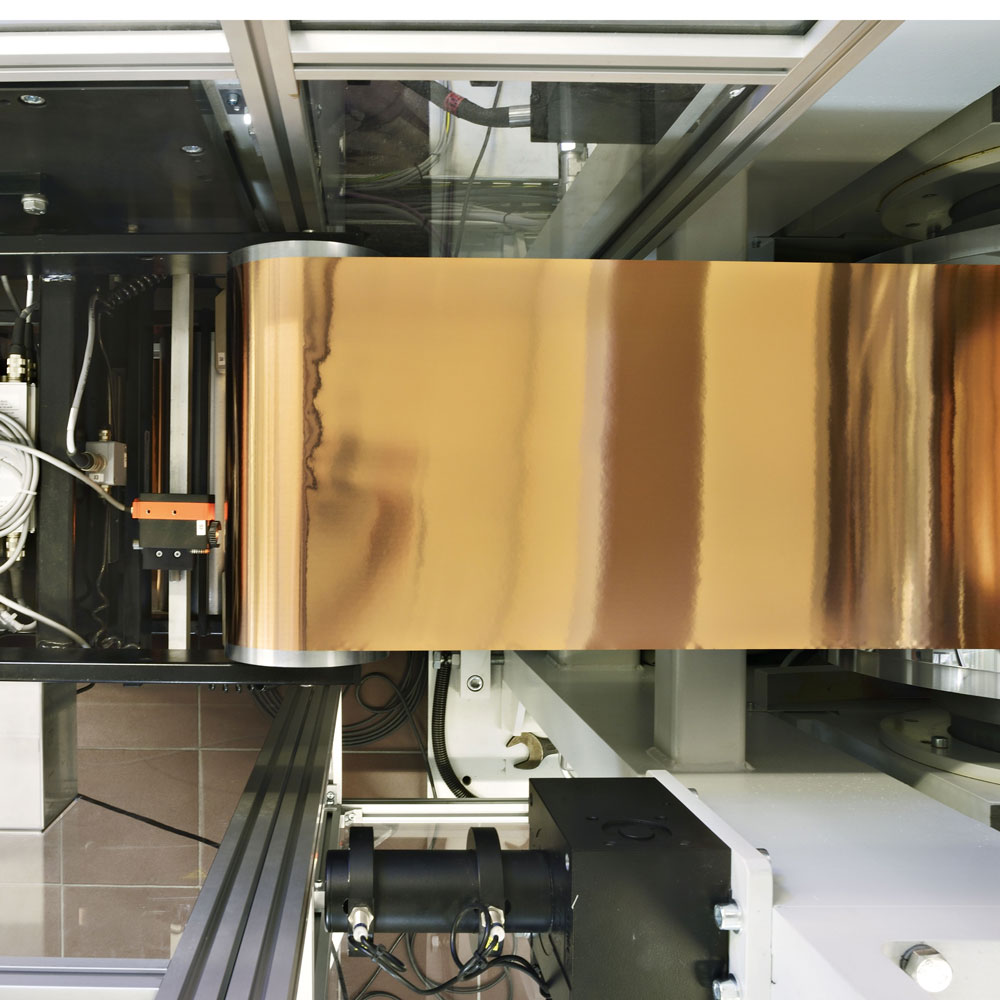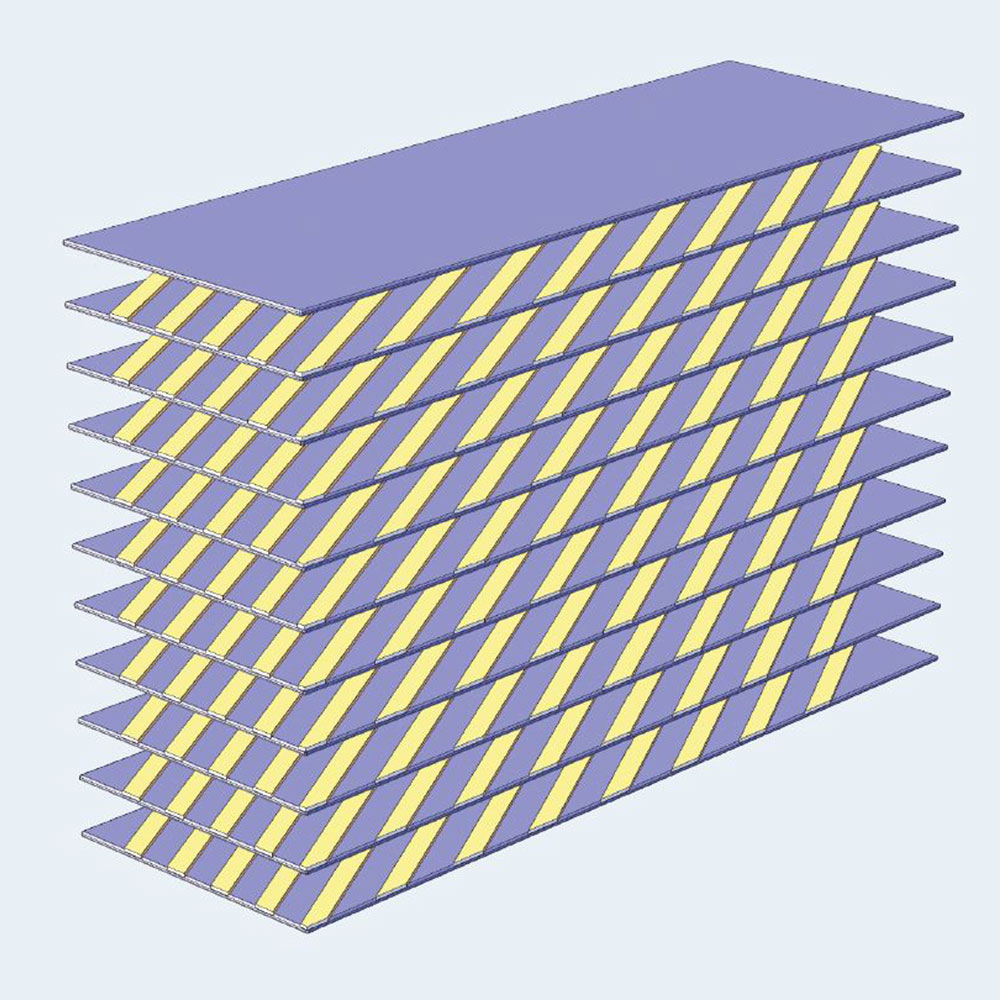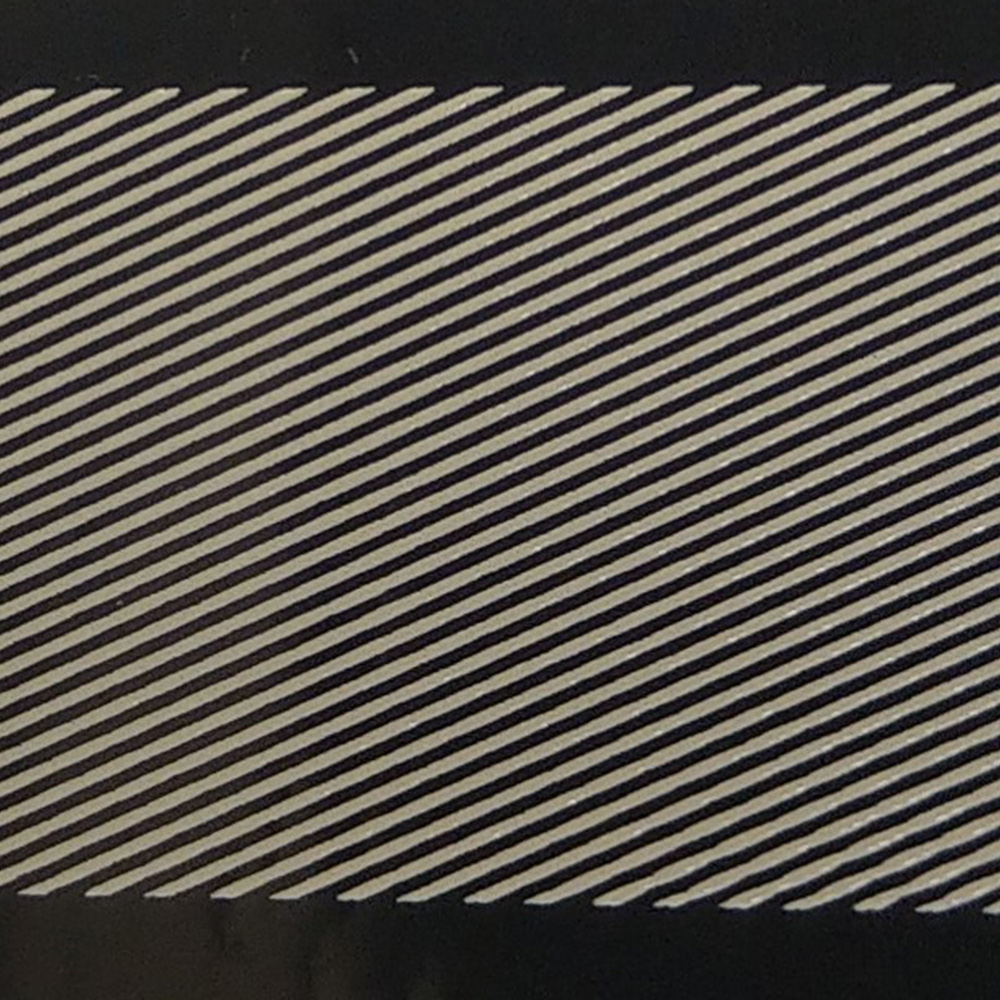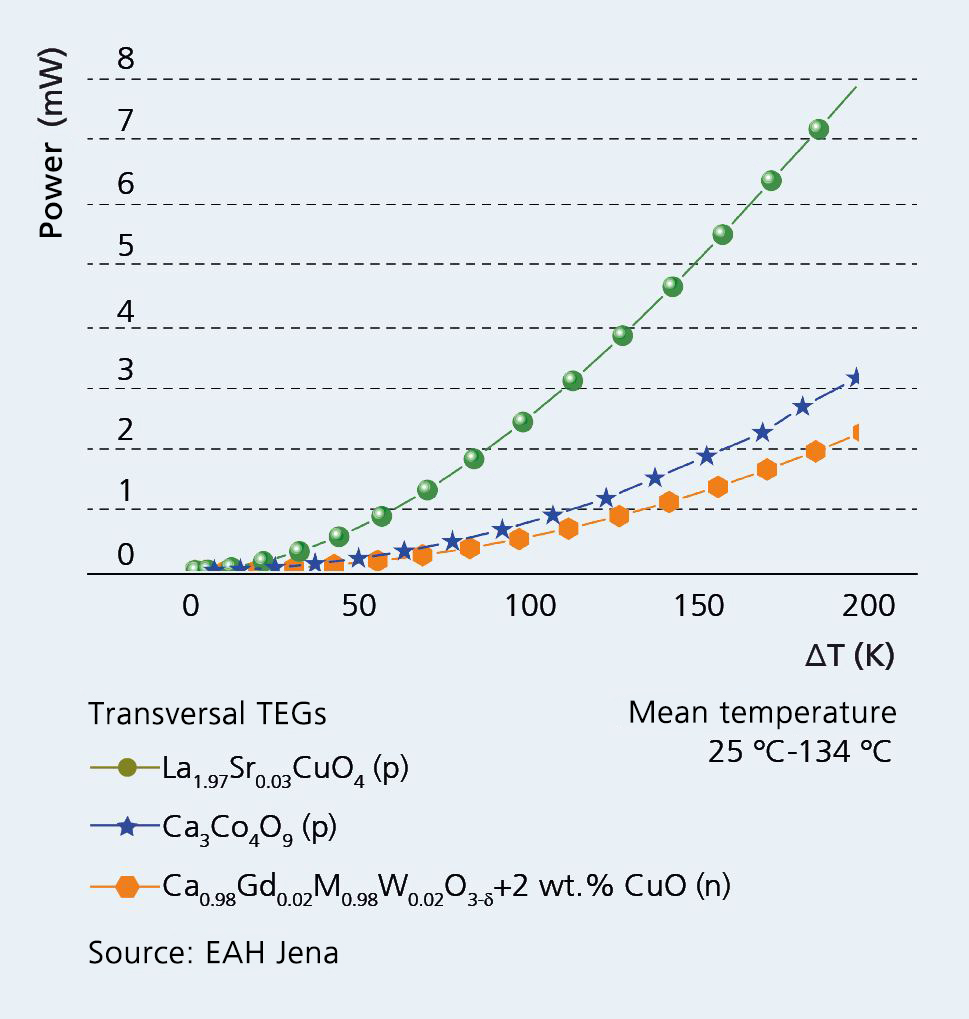
Ceramic tape systems and applications

LTCC tapes according to Heraeus formula
LTCC tapes for reliable mems integration
Silicon and LTCC (Low Temperature Cofired Ceramics) are standard substrate materials for micro sensors and microsystems technology. By combination of both materials into a common system, micro systems with significantly higher complexity might be produced. Established methods of micro-technology, such as photolithography and micro-structuring, thick-film and thin-film technologies, as well as methods of assembly and connection technologies can be applied to both materials, resulting in efficient microsystems manufacturing options for various product areas.
BGK tape
With its BGK tapes, Fraunhofer IKTS has developed a special LTCC material whose thermal expansion coefficient has been adapted to silicon and which is therefore ideal for anodic bonding with silicon. In this process, the fully processed and sintered multilayer is anodically bonded to silicon.
BCT tape
Fraunhofer IKTS has developed a special LTCC tape for the patented SiCer technology. The SiCer technology is based on a composite sintered substrate at wafer level, which consists of silicon and a glass-ceramic LTCC multilayer laminate. During the sintering process at 900 °C, the LTCC and the silicon are bemechanically and electrically connected without any additives. Because of the zero-shrinkage in x- and y-direction a high fit between ceramic and silicon can be achieved. As a result, structures and components can be miniaturized.
Functional LTCC tapes
Currently, there is a growing demand to transfer the miniaturization and functionalization of electronic circuits from the chip level to the next higher integration level. The LTCC technology is a packaging concept with which electronic assemblies with a high scale of integration, microfluidic systems or modular electrochemical cells can be realized. The LTCC technology is a state-of-the-art technology allowing for the manufacture of integrated multilayer circuits that enable completely new interconnection and packaging solutions. The LTCC green tapes are structured, printed with metal thick-film pastes, laminated and sintered at about 900 °C. LTCC tapes developed at IKTS are used in pre- and small-series products.
Porous support tapes
Ceramic tapes based on Al2O3, ZrO2 and TiO2 materials are the basis for substrates with defined porosity. The application is in the field of filtration technology and gas separation. They can be used for the manufacture of asymmetrically structured membranes with adjustable pore diameters between 3 µm and < 1 nm. An upscaling of the membrane preparation up to industrial scale is possible.
UV-curing tapes
Because of the proven health and environmental hazards of organic solvents and phthalates used as plasticizers, as well as stricter legislation (ROHS/REACH). There are efforts to replace the conventional slurry systems by solvent-free alternatives. Investigations with two different ceramic and one hardmagnetic material have shown that UV-curing binder systems for the substitution of conventional, solvent-based systems are, depending on the application, suitable.
Transparent tapes
Transparent ceramic materials, with their special optical parameters combined with the typically ceramic properties such as high hardness, chemical and thermal stability or electric isolation, are interesting alternatives to conventional optical glasses or monocrystals. Transparent tapes are used as support materials for the analytical method of Raman spectroscopy, which is currently undergoing intensive development in the field of biophotonics.
NdFeB tapes
For the miniaturization of actuators for micromechanical systems, microsystem technology or magnetic length or angle measurement, permanent magnetic thick films from highly remanent NdFeB with a magnetically hard phase Nd2Fe14B are an interesting solution.
For these applications, commercially available NdFeB powders are used as functional material, processed while adding a thermally curing binder system and plasticizers, resulting in tape casting slurries. This enabels the production of green tapes with 100–500 µm thickness. After thermal curing, the tapes – depending on the NdFeB used – show remanence values of up to 500 mT and a coercive force of 600–800 kA/m. The tapes can then be multi-polar magnetized.
Tapes for batteries
Powerful Li-ion batteries require cost- and energy-efficient manufacturing processes for the required electrodes. Tape casting technologies show enormous potential for this task. IKTS is experienced in the coating of metallic carrier tapes with active layers using the doctor blade method and slot-die coating. The core competence is the production of slurries from active powders with reproducible flow properties. Furthermore, developments in plant engineering are essential as well. Modern tape casting machines make it possible to apply active materials onto metallic carrier tapes and drying them while continuously coating large areas (strip coating). The focus of development activities and services is on experiments for material and technology optimization (e.g. current collector materials, casting and drying parameters) as well as developing upscaling processes.
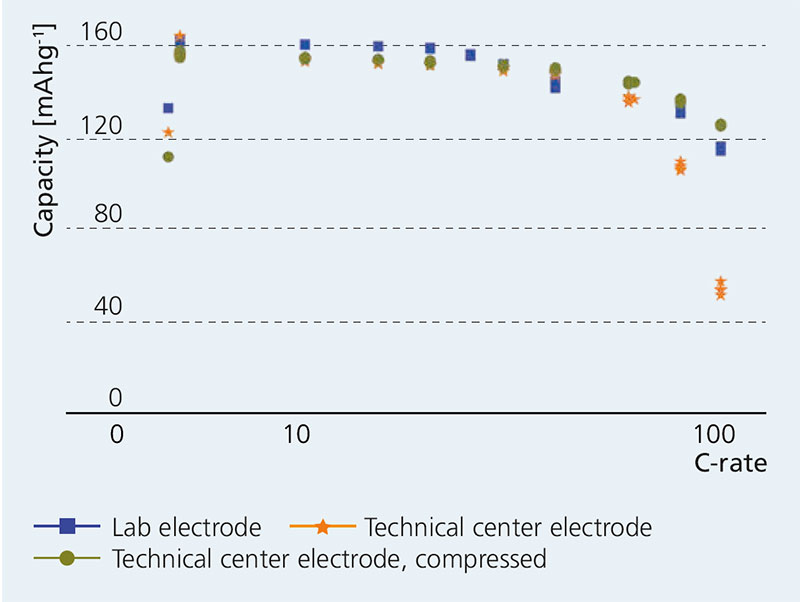
Tapes for transversal thermoelectric generators
Ceramic multilayer technology is an interesting option for miniaturizing and batch-producing transversal thermoelectric generators. For this purpose, Ca3Co4O9, La2CuO4 and CaMnO3 powders are processed into green tapes and metallized via screen printing. In this process, the metal layers are printed at a specific angle to the direction of heat flow to produce anisotropic thermoelectric properties. Transversal multilayer thermoelectric generators (TMLTEG) are well suited for use in autonomous sensor systems with low power consumption.
